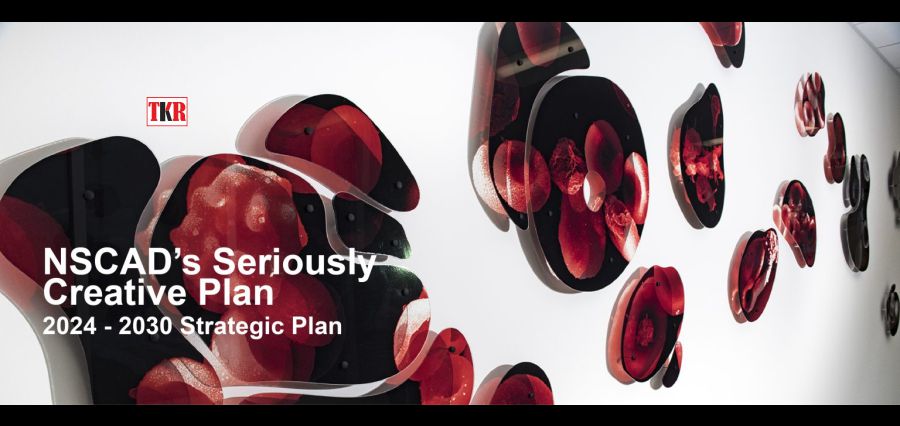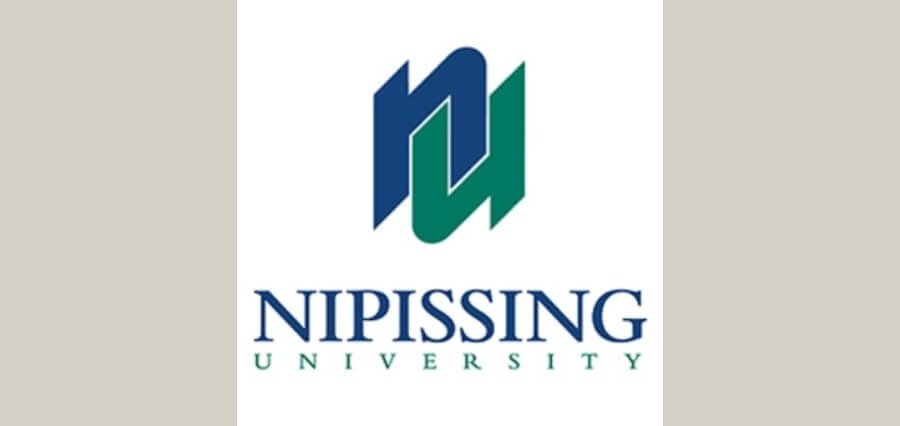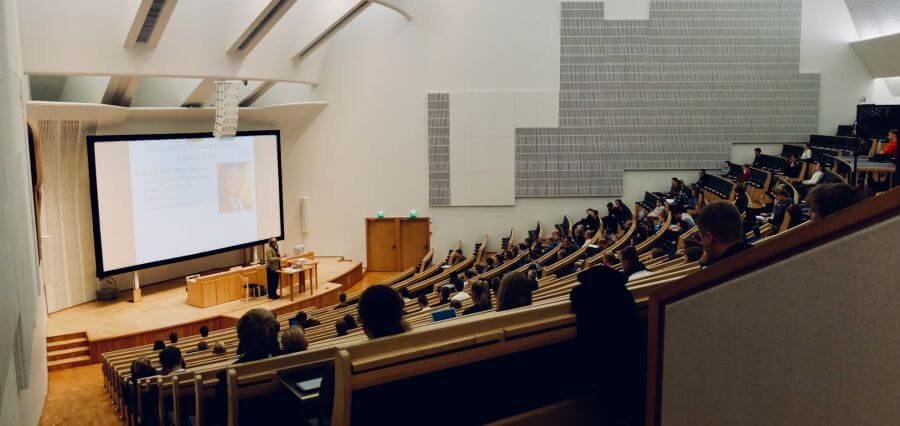All organizations rely on strategic planning to define their goals and the methods to achieve them. Strategic planning allows an organization to step back from daily operations and ask, “Where are we headed, and what should our priorities be?”
Like many established institutions, NSCAD has created various plans over the years to address contemporary issues, particularly focusing on sustainable revenue sources. Despite their good intentions, these plans often had limited long-term impact on the university’s ability to identify emerging opportunities and realign its activities comprehensively.
Recognizing the importance of understanding the interdependencies of sustainable success and mobilizing the community around a comprehensive implementation plan, NSCAD’s future has never been more reliant on this approach. To this end, on June 27, the NSCAD Board of Governors approved the Seriously Creative 2024-2030 Strategic Plan.
“With the Seriously Creative Plan (SCP), we are embarking on a bold new era for NSCAD, aiming to reaffirm our status as a leading global art and design institution,” said NSCAD President Dr. Peggy Shannon. “This plan sends a clear message that we are evolving through a vision and strategy to make the university a premier global destination for art and design education by 2030.”
President Shannon emphasized that the SCP’s launch signifies both the culmination of extensive collaboration among faculty, staff, students, governors, alumni, and creative leaders, and the start of initiatives designed to elevate NSCAD and foster community growth.
“This plan is deeply rooted in our rich history as we collectively move towards an exciting future,” she said. “We are laying the foundation to consolidate our campus, spark programmatic innovation, increase enrollment, address student housing needs, foster an equitable and inclusive environment, and ensure fiscal sustainability.”
The SCP is built on three core commitments: providing student-centered art and design education, creating an equitable and inclusive NSCAD, and establishing a destination campus for creatives. It outlines four long-term objectives to be achieved by 2030:
- Transform NSCAD into a unified campus at the Halifax Seaport.
- Grow the student body to 2,000 students.
- House 15% of all NSCAD students in university residences.
- Diversify revenue sources to ensure that 25% of NSCAD’s revenue comes from sources other than tuition and the provincial operating grant.
To ensure the successful implementation of the SCP, four campus committees and one working group will collaborate with NSCAD leaders to address urgent issues, assess process effectiveness, identify improvements, and review progress to drive continued success.
Read More: https://theknowledgereview.com/









